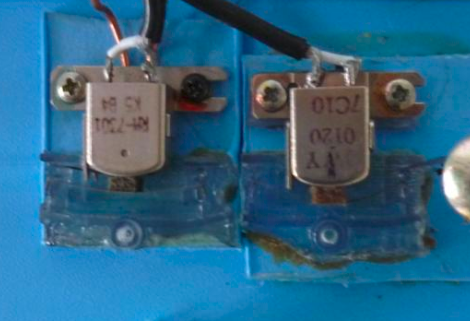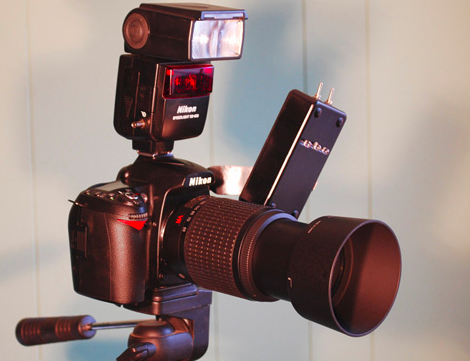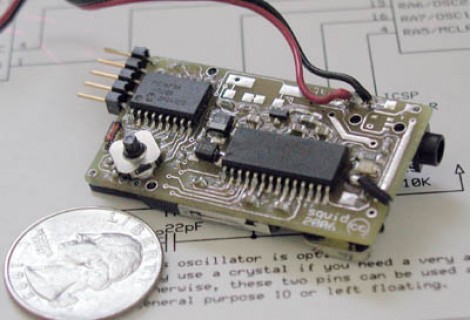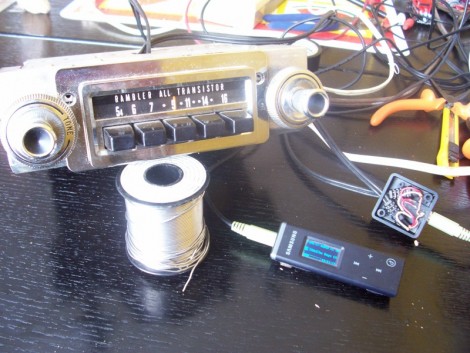
[Andrew] built himself a stoplight that flashes along with the music. Unlike the traffic signal we checked in on a year ago, this one’s not a reused municipal fixture. [Andrew] imported a 3D model into Sketchup, printed out the results, and traced them onto Bristol board to make his templates. He cut out the parts, used a brake for the bending, then a combination of spot and MIG welding to complete the housing. Off to his school’s spray booth for priming, baking, and painting for a perfect finish.
The internals are what you’d expect. Each light source is made up of a cluster of LEDs controlled by an Arduino. Music synchronization is handled by a Processing script that [Andrew] wrote, which you can see in action after the break.
















